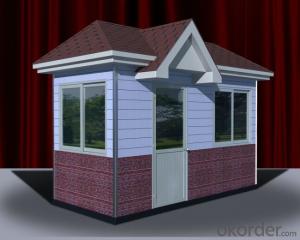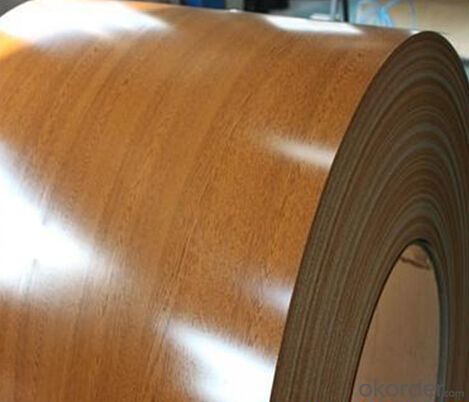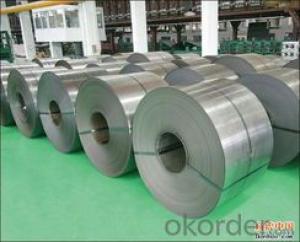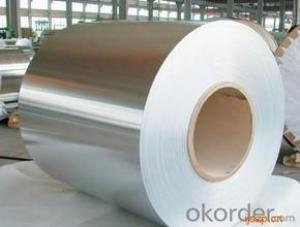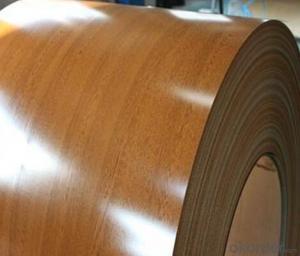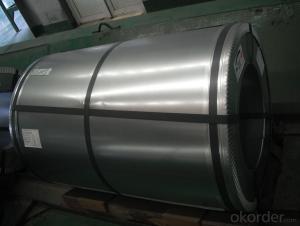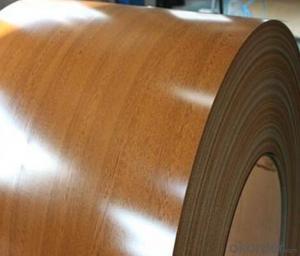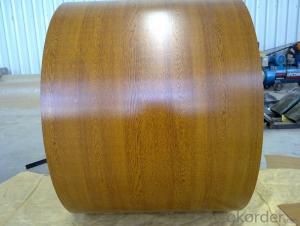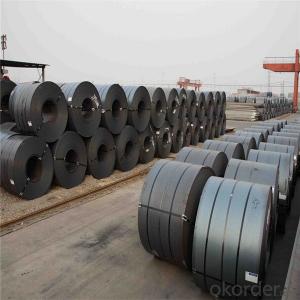Printing Steel Sheet from the Best Quality
- Loading Port:
- China main port
- Payment Terms:
- TT OR LC
- Min Order Qty:
- 25 m.t.
- Supply Capability:
- 10000 m.t./month
OKorder Service Pledge
OKorder Financial Service
You Might Also Like
Specification
1. Description of the Printing Steel:
Printing steel plate is the product based on the metal sheet, of which surface is finally installed of the plastic film (PVC,PE) in addition to being firstly covered with the coating and printed ink in .The coated layer of printing steel plate consists of printing steel plate consists of chemical and filming layer, primer coated layer, pattern printed layer and surface coated layer. The top and back coating shall generally be the application of the weatherproof paint, as well can be the application of the paint with special capabilities such as stain-resistant, self cleaning capability, high thermal resistance, antistatic capability, sterilizing capability, finger-print prevention and etc.
2.Main Features of the the Printing Steel:
• Excellent corrosion resistance
• Good manufacturability
• High hot reflectance
•Surface coating
•Beautiful appearance
•Cost-effective
• High temperature oxidation resistance
3.Printing Steel Images
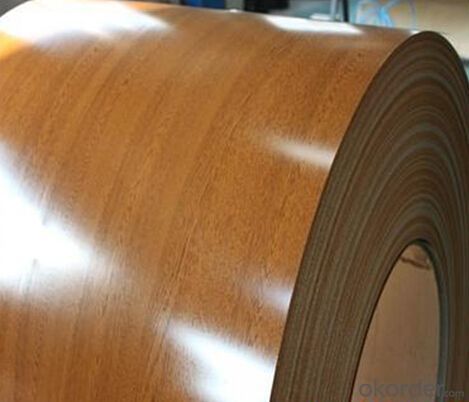
4.Printing Steel Specification
Main Test Standard
PRINTING STEEL | |
TBENDING | 0-3T |
PENCIL HARDNESS | ≥2H |
IMPACT | ≥9J |
MEK(TIME) | ≥100 |
SALT SPRAY | ≥720HR |
ACID STABILITY | Dip in 5%HCI liquor for 300hr,no bubble,no color change and no peel-off |
ALKALI RESISTANCE | Dip in 5% NaOH liquor for 300hr,no bubble,no color change and no peel-off |
5.FAQ of the Printing Steel
We have organized several common questions for our clients,may help you sincerely:
1.What advantages do your products have?
Firstly, our base material is of high quality, Their performance is in smooth and flat surface,no edge wave ,good flexibility.
Secondly, high quality zinc ingoats, 97.5% zinc,1.5% silicon,1% others, the same zinc coating measured by metal coating thickness or by zinc weight
Thirdly, high precision: Tolerance strictly according to ASTM or JISG standard even more rigid.
We have full stes of testing equipment(for t best, cupule,chromatism,salt spray resistance, etc) and professional engineers.
- Q: I bought this Brinks pad lock and it says boron steel on the lock. I was just wondering what exactly is boron steel and how hard/tough is it?
- Boron steel is rather hard, it is by no means titanium, but certainly better than mild steel. However, as with all metals, hardness is inversely proportional to flexibility, meaning that a good solid whack with a sledge hammer could crack your lock.
- Q: What are the different types of edge conditions in steel coils?
- There are several types of edge conditions that can be found in steel coils. Some common examples include mill edge, slit edge, and sheared edge. The mill edge refers to the original edge of the coil as it comes from the steel mill, which may have a rougher or irregular appearance. Slit edge is created when the coil is slit into narrower widths, resulting in smoother and more precise edges. Sheared edge is produced when the coil is cut using a mechanical shear, typically resulting in a straight and clean edge. These different edge conditions can have varying effects on the performance and appearance of the steel coils in different applications.
- Q: what does steel have inside of it that makes it rust.I need the answer fast!!!!!!!!!
- Steel is made by refining iron. Iron is mined as a red powdery ore. Unfortunately, when moisture and oxygen are present, the steel attempts to revert to its original state.
- Q: How are steel coils used in the production of automotive stampings?
- Steel coils are used in the production of automotive stampings as they provide a continuous and uniform supply of raw material. These coils are fed into stamping machines where they are cut, shaped, and formed into various automotive components such as body panels, chassis parts, and structural reinforcements. The use of steel coils ensures efficient and consistent production, resulting in high-quality automotive stampings that meet industry standards for strength, durability, and precision.
- Q: What are the common quality issues with steel coils?
- Common quality issues with steel coils include surface defects such as scratches, rust, or mill scale, dimensional deviations, coil breaks or bursts, edge wave, and coil set. Other issues may include variations in chemical composition, hardness, or tensile strength, as well as improper winding or packaging, which can lead to damage or deformation during transportation or storage.
- Q: What are the quality standards for steel coil production?
- The quality standards for steel coil production typically include factors such as dimensional accuracy, surface finish, mechanical properties, chemical composition, and adherence to industry-specific standards and specifications. These standards ensure that the steel coils meet the required strength, durability, and performance criteria, and are suitable for various applications in industries like automotive, construction, and manufacturing.
- Q: I've heard different things bout them, though I do not know this. Oh, and if you know where you can buy some raw or get custom made stuff out of black steel please let me know it would be greatly appreciated. Oh and my friend told me there is a black steel that can be sharpened and silver will be underneath, is this also true? Thank you very much for answering ^^
- Black steel is steel with a surface layer of dark coloured iron oxides used for low pressure hot water heating pipes. Black iron is iron without any finish on it, which is really gray-black in color. they may be the same as many people often confuse iron and steel. Since the steel is simply steel with a covering, it could describe any steel including your silver steel.
- Q: On a fixie frame what should i get an aluminum frame or a steel frame
- This Site Might Help You. RE: steel or aluminum on fixie? On a fixie frame what should i get an aluminum frame or a steel frame
- Q: What are the different types of steel coil surface finishes?
- There exist various options for steel coil surface finishes, each possessing distinct characteristics and uses. Some of the most frequently seen types are as follows: 1. Hot rolled: Achieved by subjecting the steel to high temperatures, resulting in a rough and textured surface. Hot rolled steel coils are commonly employed in applications where aesthetics are not a priority, such as structural or industrial projects. 2. Cold rolled: In contrast to hot rolled steel, cold rolled steel coils are processed at lower temperatures, resulting in a smoother and more refined surface. This finish is suitable for applications where a clean and polished appearance is desired, such as automotive parts, appliances, and furniture. 3. Galvanized: These steel coils are coated with a layer of zinc to safeguard against corrosion. This finish provides excellent rust resistance and can be utilized in various outdoor applications, including roofing, fencing, and signage. 4. Stainless steel: Stainless steel coils possess a unique finish that is resistant to corrosion, staining, and rust. Due to this, they find great versatility and suitability across a wide range of applications, including kitchen appliances, medical equipment, and architectural projects. 5. Coated: Coated steel coils are treated with a protective layer of paint or other coatings to enhance durability and aesthetic appeal. This finish is commonly employed in the construction industry for applications such as roofing, siding, and garage doors. 6. Pre-painted: Before being formed into the final product, pre-painted steel coils are coated with a layer of paint or resin. This finish offers a wide range of colors and finishes, making it popular for applications such as building cladding, appliances, and automotive parts. In summary, the selection of a steel coil surface finish relies on the specific requirements of the project, including aesthetics, corrosion resistance, and durability. Each finish has its own advantages and disadvantages, and it is crucial to consider these factors when choosing the appropriate type of steel coil surface finish for a particular application.
- Q: What are the different types of steel coil edge treatments?
- There are several different types of steel coil edge treatments, including mill edge, slit edge, deburred edge, and rounded edge. Mill edge refers to the original edge of the steel coil as it comes from the mill, which is typically sharp and uneven. Slit edge is a straight and smooth edge created by slitting the coil. Deburred edge is a process of removing any burrs or sharp edges from the coil edge to provide a smoother finish. Rounded edge is a type of edge treatment where the sharp corners of the coil are rounded off to reduce the risk of injury and improve handling.
Send your message to us
Printing Steel Sheet from the Best Quality
- Loading Port:
- China main port
- Payment Terms:
- TT OR LC
- Min Order Qty:
- 25 m.t.
- Supply Capability:
- 10000 m.t./month
OKorder Service Pledge
OKorder Financial Service
Similar products
Hot products
Hot Searches
Related keywords
